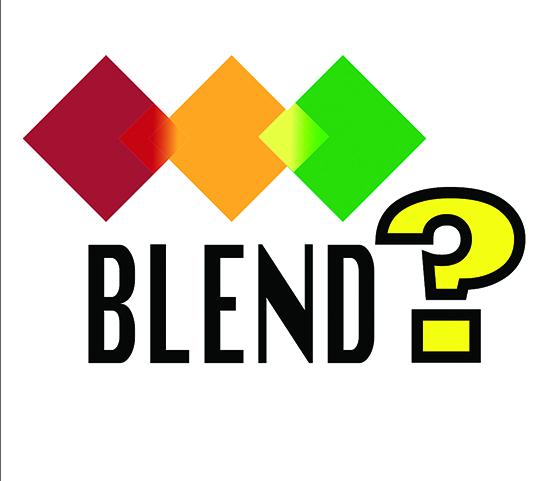AISD’s “Blend” is a mix of uncertainty

October 26, 2017
Sleek. Innovative. Fad. The new website “Blend” has sparked controversy at Bowie High School ever since it was first formally announced. And by formally, I mean explained to students during a 22 minute power point at the beginning of the school year.
For all of its promises, the district has yet been able to deliver. The full database for all of my classes isn’t here yet, and it appears that the district expects students to accept Blend under the notion of: “don’t worry, it’s coming, just wait – it’ll be awesome.” While it may sound awesome, I can’t say for certain that I’m excited for something that’s been explained to me in 22 minutes that will last for the rest of my high school career.
While it does look pretty in all of its features, it’s safe to say that Bowie hasn’t given its students the confidence to believe that Blend will turn Bowie from a school that only recently stopped using Windows Vistas upgraded to run Windows 7 (yikes!), to one that will become a haven of technological innovation. But it’s not just Bowie that’s looking to innovate, it’s the entire AISD district altogether.
As of fall 2017, AISD has made Blend the “official” go-to website for teachers to use. The key difference between Blend and other website platforms such as Weebly, Google Classroom, or Edmodo is that Blend costs money to implement while those other platforms do not. Essentially, AISD wants this to be the new norm for all of its schools.
So, if the district is keen on making Blend the new standard over websites like Google Classroom, why isn’t Blend (or even Canvas – the original platform) listed in the Austin ISD Technology Plan 2014-2017 while Weebly, Google Classroom, and Edmodo are? It could be that the district forgot to write it in, or it could be a symbol of incompetence in their plan to implement Blend. Whatever the case may be, it’s curious that AISD may not be fully committed to Blend quite yet – a bizarre circumstance considering they were the ones who paid for it in the first place.
What’s also strange is the response among Bowie’s teachers. Some love it and have chosen to implement it entirely, while others see it as another Weebly – nothing more than a suggestion alongside their tried and true curriculum. However, while I am against AISD’s inability to deliver on its promises thus far, I have seen firsthand the benefits of Blend. When it’s done right, such as in the social studies department, the site is a great source of managing a class’ calendar, viewing upcoming assignments, and providing a hub for all of my classes.
It seems to me that while AISD may have big plans for Blend, the student body has yet to see the fruits of a widespread adoption. I myself only have two of my classes on Blend, something that ignores one of the websites’ key potentials. It’s supposed to be a “blend” of all classes, and it’s my belief that AISD should go all the way, or not all.
Otherwise, the district could see the disaster that was the mismanagement of teachers’ websites. If there’s one thing I look forward to for Blend’s full implementation is its regulation by the district. No more will a teacher create a Weebly website and only update it the day before an assignment is announced. Next year, Blend will have widespread adoption across all classes, and Bowie has plans on enforcing its usage. After all, this isn’t some free website – they paid for it.
Although it’s not here quite yet, I have a strong feeling that unless the district gets Blend together with both efficient regulation with teachers and widespread adoption, this could be a mess. The fact is, while it looks good on paper, Blend isn’t here yet. Sure, it may look like it to some, but for the rest of us who understand its full potential, it’s clear that this year is a testing ground, intended to instruct teachers on how to use and implement Blend properly.











Hope • Nov 1, 2017 at 11:29 am
I dont’ like blend that much either. But the article was written nicely and the art looked nice.